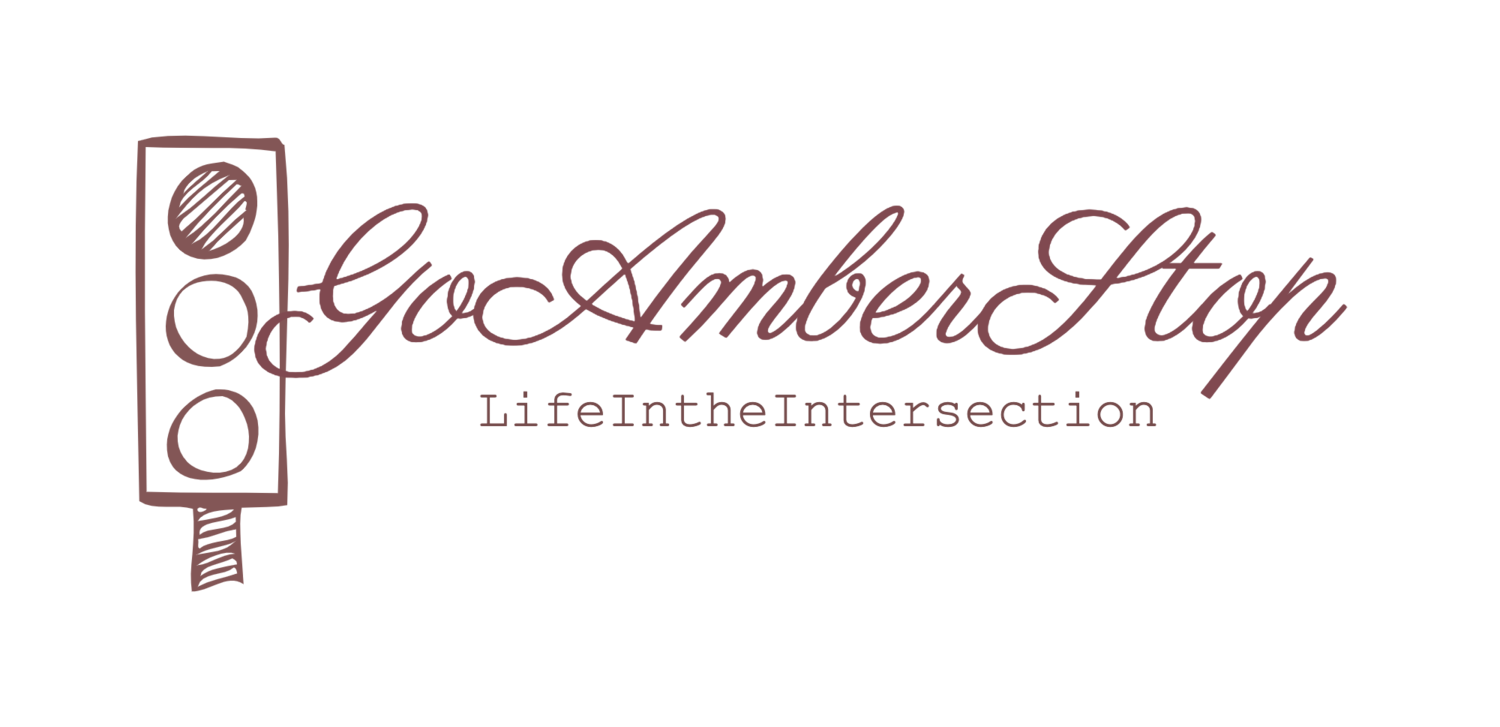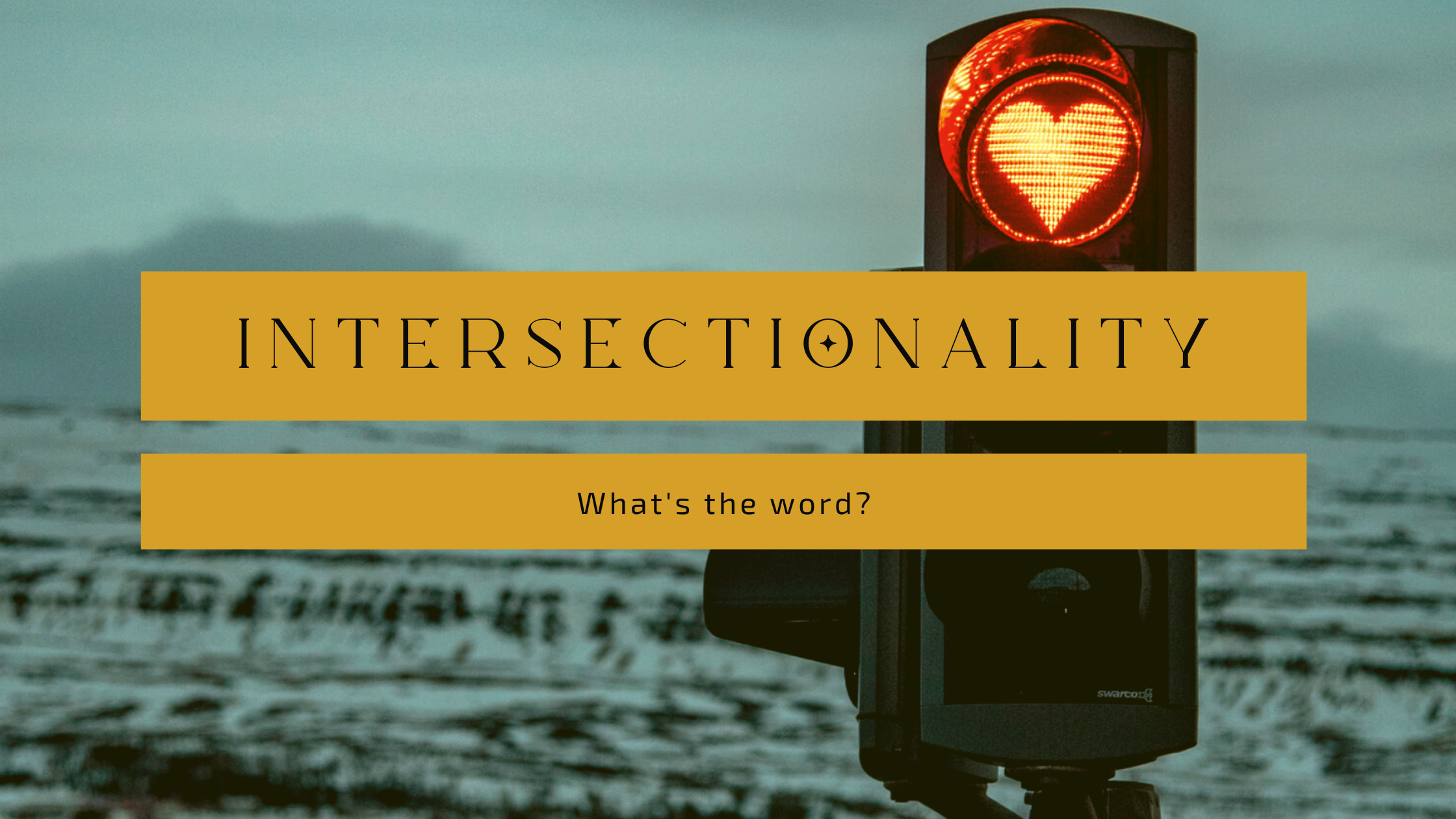What's The Word: Intersectionality
What Is Intersectionality?
What is intersectionality?
Have you ever heard of it?
If you have heard of it, do you think that you're using the term correctly?
What about its creation, are you aware of just how recent this term was established? And of its origins?
Let’s dive in!
Defined
According to the Merriam-Webster Dictionary, the word intersectionality is defined as "the complex, cumulative way in which the effects of multiple forms of discrimination (such as racism, sexism, and classism) combine, overlap, or intersect especially in the experiences of marginalized individuals or groups".
The Oxford English Dictionary defines it as "the interconnected nature of social categorizations such as race, class, and gender, regarded as creating overlapping and interdependent systems of discrimination or disadvantage."
But where does this word come from?
What is its history?
Origins
The term was born in pretty recent times: it was coined in 1989 by Kimberlé Crenshaw, an African-American law professor.
In her 2016 TED Talk: The Urgency of Intersectionality, she explains why she began to use this term: "Many years ago, I began to use the term intersectionality to deal with the fact that many of our social justice problems like racism and sexism are often overlapping, creating multiple levels of social injustice."
The case that struck Crenshaw, showing her the need for a word like intersectionality, was that of Emma DeGraffenreid. In 1976, DeGraffenreid and several other African-American women sued a car manufacturing plant because it wouldn't hire them. The judge dismissed their claim of race and gender discrimination because the plant did hire both African-American men and white women, therefore the claim did not make sense to them.
What the judge didn't grasp was the fact that Emma was neither an African-American man nor a white woman. She was an African-American woman, and with the others, she was discriminated against both because of her race and her gender.
The Civil Rights Act of 1964
In 1964, the Civil Rights Act outlawed discrimination based on a person's race, color, religion, sex, or national origin.
Why, then, was Emma's case not taken into consideration?
Because these sections were too rigid, and to be considered, a case should fit in just one of these categories.
The Civil Rights Act didn't recognize people who were subjected to more than one single area of discrimination. To Crenshaw, it was clear that there was a need for a new word, which would describe the layering of different discriminations, a word that could explain that different oppressions could happen simultaneously.
In her TED Talk, Crenshaw stated: "We all know that when there's no name for a problem, you can't see a problem, and when you can't see a problem you pretty much can't solve it". The word intersectionality worked well for her because, and thanks to it, people could visualize the intertwined nature of social injustices.
This layering often creates unique forms of oppression, that we often are not aware of, but which exist and have to be taken into account. Most of the time, in fact, discriminations aren't detached units, but parts of a bigger, more complex situation. If we don't consider them this way, it will be much harder to solve them.
DeGraffenreid’s case, for example, was directly in the middle of the intersection between gender and racial discrimination.
Intersectionality, a word that was born to describe the discrimination to which African-American women are subjected, saw its meaning broadened to describe social injustices based not only on race and gender but also on sexual orientation, class, ableism, education, culture, and religion. However, as it often happens, this word was then misinterpreted, and today we can find it in completely different contexts.
Crenshaw commented on this by saying that she's "amazed at how [intersectionality] gets over- and under-used; sometimes I can't even recognize it in the literature anymore."
Intersectionality Today
Unfortunately, today, intersectionality can be found more as a buzzword than as it was intended to be (that is, in discussions about social rights).
The original definition, though, has returned to the surface lately, thanks to the Black Lives Matter protests against police brutality around the world, and as a widespread response to JK Rowling's arguable tweets about transwomen's identity.
Both of these events have contributed (in different ways) to resume the conversation about intersectionality in its actual meaning.
We can't talk about the BLM movement without talking about black women, black trans people, black disabled people.
Thanks to Kimberlé Crenshaw's steady work and acknowledgment that this social predicament needed to be named. This one word has become the starting point towards a strategy to analyze and solve multi-layered discrimination and create change.
We must keep its intended meaning in focus because it's the key to navigating and disrupting many social injustices.
Other interesting articles and resources:
Read more about Kimberle’ Crenshaw here.
Intersectionality Matters Podcast
https://time.com/5560575/intersectionality-theory/
Kimberlé Crenshaw: The urgency of intersectionality |TED
What does “intersectionality” mean? – The LGBTQ+ Experiment

